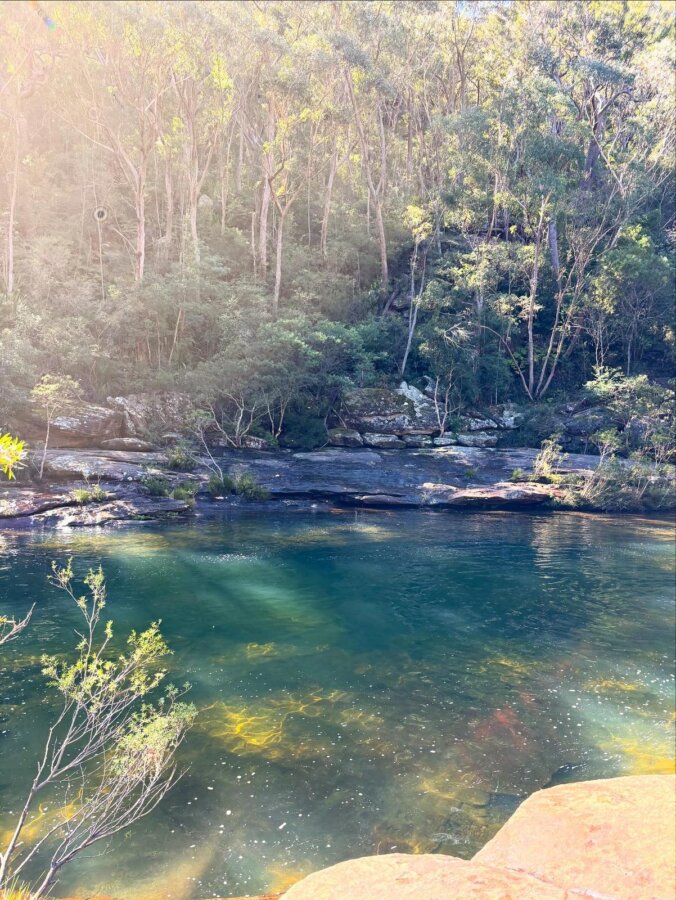New legal moves offer hope for positive environmental actions.
Taking the government to court over climate inaction is no small feat. However, every act for the environment is capable of sparking meaningful change. While setbacks occur, especially within a complex legal framework, these bold acts are encouraging others to become advocates for the environment.
July 2025 saw such a significant action - challenging the Australian government in order to offer a level of protection against climate change.
Defending the Torres Strait from climate change
An Australian lawsuit was brought by two Guda Maluyligal elders, Uncle Pabai Pabai and Uncle Paul Kabai, on behalf of the Torres Strait Islander peoples. They accused the Australian government of failing to protect the Torres Strait Islands from being negatively affected by climate change.
They submitted to the court that the government’s inactions resulted in the loss of fulfilment of Ailan Kastom – the laws, traditions, practices and knowledge that connects the Torres Strait Islander peoples to country.
Justice Michael Wigney handed down his judgement on the 15th of July 2025. He agreed with the accusations that the Australian government had failed to play their part in reducing climate change. Nevertheless, he decided against Uncle Pabai and Uncle Paul, ruling that the Australian Government is not legally obligated to mitigate the adverse effects of climate change for Torres Strait Islander peoples.
For the lawsuit to succeed, Uncle Pabai and Uncle Paul needed to convince the Federal Court that they are owed a unique duty of care by the Australian government to protect their ancestral home from the adverse effects of climate change.
The judge reasoned that governmental policy decisions are not subject to duties of care, therefore, the government is not legally responsible for their decisions affecting the environment – such as adopting progressive carbon emission reduction targets or other measures that protect the islands.
Australian Courts are limited by existing legislation which currently does not impose a duty of care upon lawmakers to protect vulnerable communities affected by the adverse effects of climate change.
Ultimately, Justice Wigney recognised that the complainant’s course of action under the common law tort of negligence was an ‘unsuitable legal vehicle’ to hold the government accountable or to obtain reparations for the loss of Ailan Kastom.
As stated by Adam Morton in The Guardian, this judgement may feel like a devastating loss – not only for the Torres Strait Islander peoples who may lose their ancestral homes, but for every environmental advocate who wishes to challenge the actions of powerful people.
And yet, just days later on the 23rd of July, the International Court of Justice (ICJ) handed down a groundbreaking advisory opinion. The 15 judges of the ICJ unanimously ruled that nation-states are liable for any environmental activities that cause harm to the climate.
ICJ rules for a duty of care
The ICJ’s finding is the culmination of a six-year campaign started by the ‘Pacific Islands Students Fighting Climate Change’ (PISFCC), a grassroots organization formed in 2019 by 27 law students from the University of the South Pacific.
The court determined that Nation-States have a duty of care to act cooperatively with other States, to act with due diligence to contribute to the goal of limiting global warming to 1.5˚C above pre-industrial levels.
Australia and New Zealand, alongside every other country listed in Annex I to the UN Framework Convention on Climate Change, have greater obligations to take the lead in combating climate change by limiting our greenhouse gas emissions.
The ICJ’s opinion largely rests on the application of existing international laws like the Paris Agreement. They clarify that all climate ‘harms’ – like natural disasters, mass extinction events or biodiversity loss – can be clearly linked to the major emitters and fossil-fuel producers.
How can we reconcile these conflicting cases?
Justice Wigney’s judgement in the Australian Climate Case and the ICJ advisory opinion seem to exist in clear juxtaposition from one another.
In the Australian Climate Case, Justice Wigney was limited by Australia’s existing legislation which does not expressly provide for a legal avenue to hold the government to account for failures to address climate change.
Until Australian laws are reformed through legislation, ‘the only recourse that those in the position of the applicants and other Torres Strait Islanders have is recourse via the ballot box’, Wigney writes in his Reasons for Judgement.
The legal obligations set out by the ICJ can assist in reconciling this legislative gap.
An ICJ advisory opinion is an instrument of preventative diplomacy as it contributes to the clarification and development of international law. Despite having no binding force, it still carries great legal weight.
According to an ANU article by Associate Professor Siobhan McDonnell, the ruling will likely shape the future of Australian foreign policy, especially with nation-states in the Pacific Islands.
Beyond international diplomacy, the PISFCC affirms that the ICJ’s decision should serve as a catalyst for political will to tackle climate change.
The ICJ ruling will bear some weight on ongoing discussions about reforming Australia’s national environmental laws contained in the Environment Protection and Biodiversity Conservation Act, which was last updated in 1999.
The ICJ presented their findings “with the hope that its conclusions will allow the law to inform and guide social and political action to address the ongoing climate crisis”.
Australia has a long history of supporting and relying upon the ICJ as a tool to defend and advance foreign policy, according to James Crawford who was the first Australian member of the United Nations International Law Commission.
The hope is that this approach continues in light of the most recent ICJ ruling, so that litigants following in the footsteps of Uncle Pabai Pabai and Uncle Paul Kabai are able to successfully hold their governments to account.
Article by Natasha Lai
Image by Wendy Grenfell

